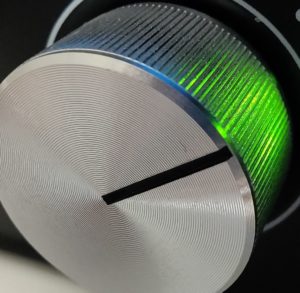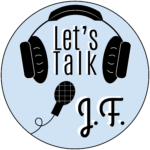
Back with another discussion on audio. This time the need to balance your sound as you prepare your tracks, whether it’s music, video, or your podcast.
Let’s review a few of the basic tools as it relates to volume and their effect on your sound. For now we will skip the EQ (Equalizer) as that’s a much more complex discussion. Here let’s discuss Normalizing, Compression, and Limiters.
When discussing audio production and engineering zero decibels is the loudest point before “clipping” occurs, not silence.
Before we dive in, two things. One piece of reference vocabulary is necessary to understand. While many may know that sound is measured in Decibels, abbreviated db, many will assume that 0db is no sound at all. When you are measuring a sound level with a db meter, this is true. When discussing audio production and engineering, this is not the case. 0db is the loudest point before “clipping” or degradation of sound occurs. Secondly, don’t expect ultra precision terminology, this is an everyone discussion, not an industry pro debate.
Normalizing:
This refers to a process in which the volume of the entire selected piece of audio is increased in volume by the same amount until the loudest single piece of sound is at 0db. This is effectively the same as dialing up the volume knob until the loudest portion of the song is a much as your speakers can tolerate. The level just before sound distorts or gets buzzy. Normalizing is a good thing. It can be used to make sure all your stuff is at the same relative starting point volume wise. Where this doesn’t work, is if you yell and whisper in the same bit of audio. Remember, everything is turned up the same amount, NOT to the same level. Loud stuff will still be loud relative to quiet stuff.
Compression:
As you might imagine from the name it basically squishes things. The focus of compression is to pull down the high volume moments and ease them back off a little. So imagine listening to music with your hand on the volume knob. Whenever the music (or voice) gets too loud, you turn the dial down for just a moment so it doesn’t hurt your ears. Compression works by setting a threshold for when you want it to be active, and identifying the amount of reduction you want on the sounds louder than that level.
Limiter:
Again with some good naming here. Also called a maximizer in some instances. This is a function of selecting the maximum allowable volume of a track. This generally takes place well at the end of your project as you are about to export the audio. (Operating on a very similar principle as compression) This is because you may have lots of other effects happening in your sound, maybe voice and music, or maybe multiple instruments. Each may individually sound great, but once they are all “rendered” together it can result in things overshooting a little volume wise which results in less than pleasant sounds for your listeners. In some cases it can be quite harsh or a shocking (and ear damaging) sudden change in volume.
How do all these play together? Normalizing gives you a great starting point, where all your high points are at the same level. Compression evens out the highs and lows (careful not to overdo compression or delivery becomes flat. Literally from a volume perspective.) and Limiter/Maximizer makes sure your final mix is turned up high enough to be heard, while preventing overshoot.
Compression also has a fancy additional function, referred to as side-chain-compression, which comes in handy if you have both music and voice. It can be used to make sure your music doesn’t drown out your voice. This way your music in your video can still be nice a loud to create the feel you want, but will cut out just enough, and only at the exact moment when your voice is active so your message is clearly heard.
Proper application of these tools creates an engaging piece of media which is not only clear, but also comfortable to listen to.
Curious about more? Need a hand with working through the process? Looking for tips on what sequence to apply your effects?
-Let’s Talk
